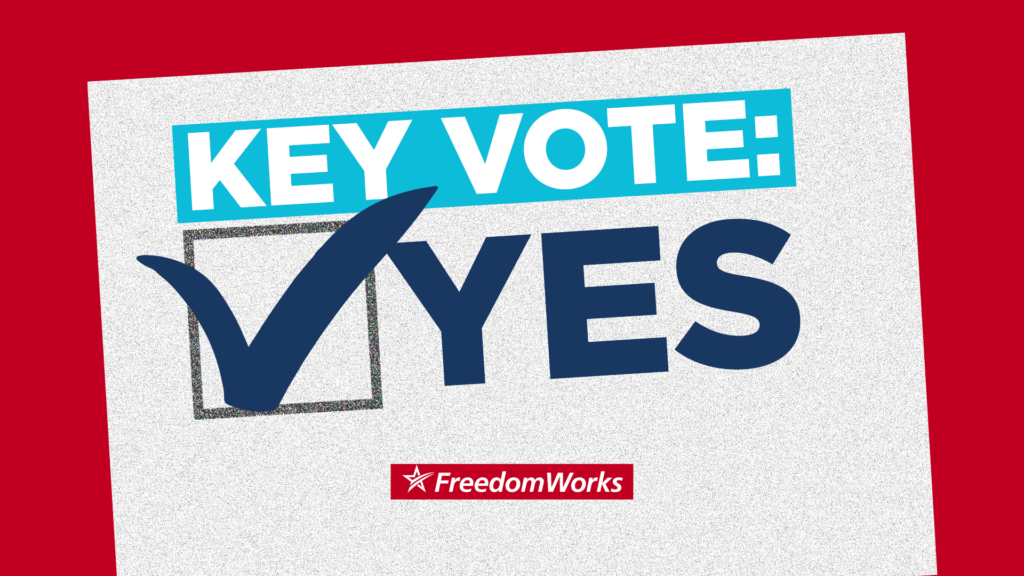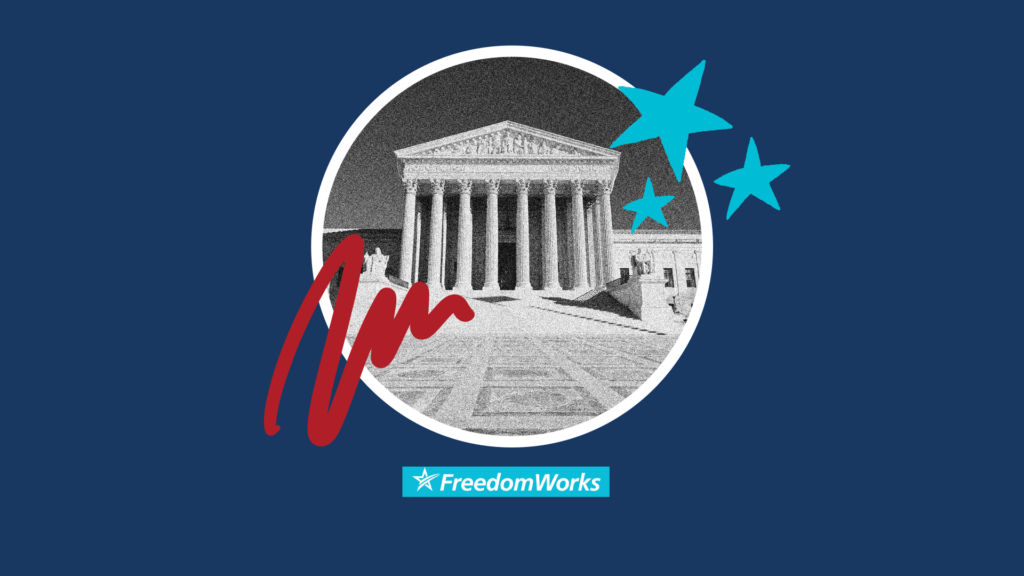Federal Court Allows California to Proceed with Net Neutrality
While the idea of data equality has a nice ring to it, restricting the freedom of ISP’s to manage the traffic on their networks hurts both consumers and producers by hampering innovation and driving up costs.
The Big Picture
In 2018, California passed a law that would impose significant “net neutrality” restrictions on ISP’s in the state, similar to those put into place in 2015 by the Federal Communications Commission (FCC) under President Obama. Opponents warned that California’s economic position means that these new rules will have national implications, potentially up to and including effectively neutering the FCC’s Restoring Internet Freedom Order under President Trump which reversed the 2015 rule.
ISP’s had sued to prevent enforcement of the new California law, but the latest decision in a Federal District Court to deny preliminary injunction means the law will take effect. It is uncertain whether the plaintiffs will appeal this decision, but the court’s order will allow California to move forward with enforcement in the meantime.
The Details
Obama’s “Open Internet Order”: Hampered investment in internet and drove up costs
- Imposed what is commonly referred to as “net neutrality” in 2015
- Classified ISP’s as Title II telecommunications services under the Communications Act of 1934
- Banned blocking, throttling, and paid prioritization of network traffic
- Requires ISP’s to treat all different types of data equally, regardless of importance
Trump’s “Restoring Internet Freedom Order”: Spurred innovation and increased internet speeds
- Effectively repealed “net neutrality” and the Open Internet Order
- Reclassified ISP’s as Title I services, which are not subject to as stringent restrictions as Title II services
- Granted ISP’s greater freedom in managing the traffic on their networks
California Law: Similar to Obama’s “Open Internet Order”
- Passed in 2018 in response to the Restoring Internet Freedom Order
- Imposes practically all of the restrictions included in the Open Internet Order
- ISP’s had sued to stop the law from going into effect
- A Federal District Court denied the ISP’s motion for preliminary injunction, clearing the way for the law to take effect
For a more detailed breakdown of the debate over internet freedom and network neutrality, check out FreedomWorks Foundation’s issue brief on Restoring Internet Freedom.
Why it Matters
This court decision on California’s net neutrality law is simply the latest round in a partisan bout that has been swirling for nearly a decade. In allowing SB 822 to take effect, the courts have effectively signaled to other states that the federal judiciary will not get in the way of state legislative efforts on net neutrality. This paves the way for other states to impose their own burdensome rules on ISP’s while the FCC prepares to restore the Open Internet Order.
Perhaps more significantly, California’s economic position has led many to worry that SB 822 will, effectively, become national policy. As we have seen in other areas like automobile emissions, due to the size of California’s economy, the standards they set tend to become national standards due simply to the cost of compliance. As Professor Frederick Boehmke of the University of Iowa told the BBC, California is “pretty clearly the overall leader…shaping the national agenda.”
Contrary to the claims of proponents of net neutrality, allowing ISP’s greater freedom in managing their networks has actually resulted in faster internet speeds, lower costs, and more innovation. California’s new law threatens to undo this progress by impeding innovation at a high cost to consumers.
MORE FROM FREEDOMWORKS: Take action to oppose H.R. 1, the “For the Politicians” Act, HERE!




